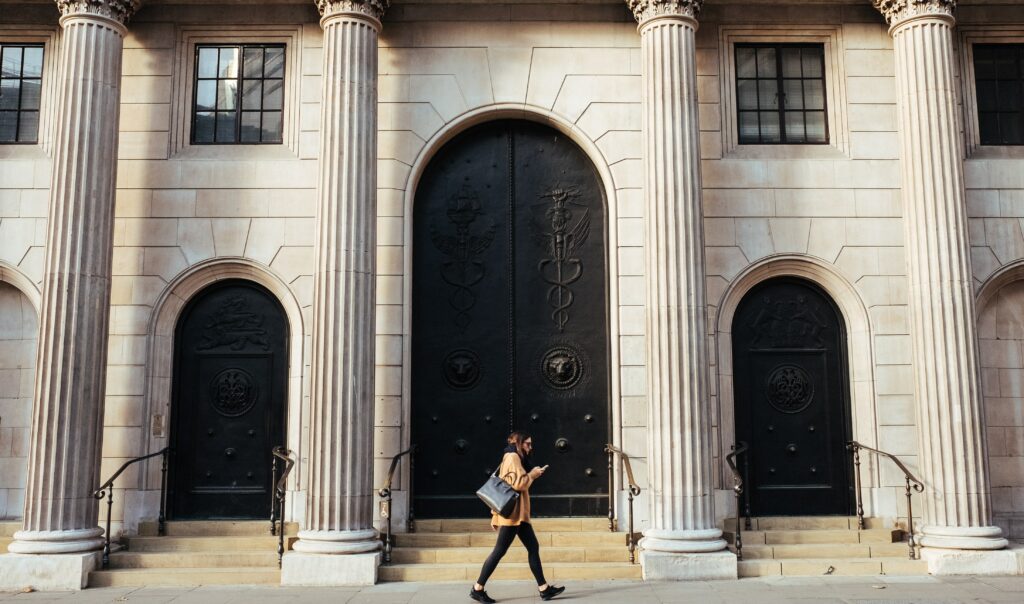
James Athey of Aberdeen Standard Investments gives his interest rate outlook for 2021 and examines the factors that explain why making high conviction forecasts will be more challenging than usual.
The largest and most rapid GDP decline in modern history.
One of the most aggressive and globally synchronous monetary and fiscal policy responses.
A huge, but mechanical, bounce-back in economic activity.
And an equity market which finds itself roughly where it was before this all began. 2020 was a year that will be difficult to top for macro-economic and market volatility.
With this backdrop, it feels like 2021 will be a more simple beast to analyse from a macro perspective. However, be careful of falling into the trap of believing that the absence of evidence is evidence of absence.
There will be scars from the economic damage of 2020. How policy makers address these will matter. The early evidence is that we’ll have a number of effective vaccines ready and widely distributed by the middle of 2021 at the latest.
Normality
But risks remain. There is still much we don’t know.
Equity markets have done a superb job of looking through the disruption. But where companies which operate at a distance have gained from the pandemic economy, so too they will lose out from a return to normality.
The subsequent rotation means selling stocks with a large weight in the index to buying those with a smaller weight.
Balance sheets have deteriorated almost without exception. How much pro-active repair happens over the next year will have a huge bearing on economic and asset performance.
During a crisis, eschewing fiscal discipline becomes an uncontentious, bi-partisan effort, but as the crisis recedes, so too does the political cooperation, replaced more often than not with a renewal of fiscal conservatism and partisanship.
Central banks have once again found themselves fighting fires they helped to start.
Their conventional tools are almost universally used up. Growing the balance sheet is just about all that remains. Yet there is little evidence that this helps the economy and even less concern over the diminishing returns of such policies or the increasingly obvious negative side effects.
When push comes to shove, the desire to suppress any and all market disruption trumps all.
Two halves
All of these factors will play a part in 2021, making high conviction forecasts more difficult than usual. Ultimately, we’re likely to see a year of two halves: the first half being a weaker, more virus- and lockdown-affected affair. This will give way to a steady return to normality. Fiscal policy will be tighter than 2020, but looser than it has been during previous recessions.
Throughout it all, monetary policy will be forced to remain accommodative to avoid, if nothing else, pressuring government finances. Yields can rise, but not too far and not too fast. The base case for many commentators is for them to do so.
However, I see the risks around this view largely on the downside.
There will be signposts along the way: how weak the economy is in the first quarter; how quickly the vaccines are approved and distributed; how quickly people are returning to more normal patterns of behaviour; and how sensitive central banks are, in words and actions, to rises in bond yields.
And, of course, watch the politics. The economic success, or otherwise, of 2021 will rest to a large degree on choices made by our elected officials.
James Athey is investment director at Aberdeen Standard Investments. Email: james.athey@aberdeen-asset.com.
The views expressed in this blog should not be regarded as financial advice.
Photo by Robert Bye on Unsplash
FREE monthly newsletters
Subscribe to Room151 Newsletters
Monthly Online Treasury Briefing
Sign up here with a .gov.uk email address
Room151 Webinars
Visit the Room151 channel














